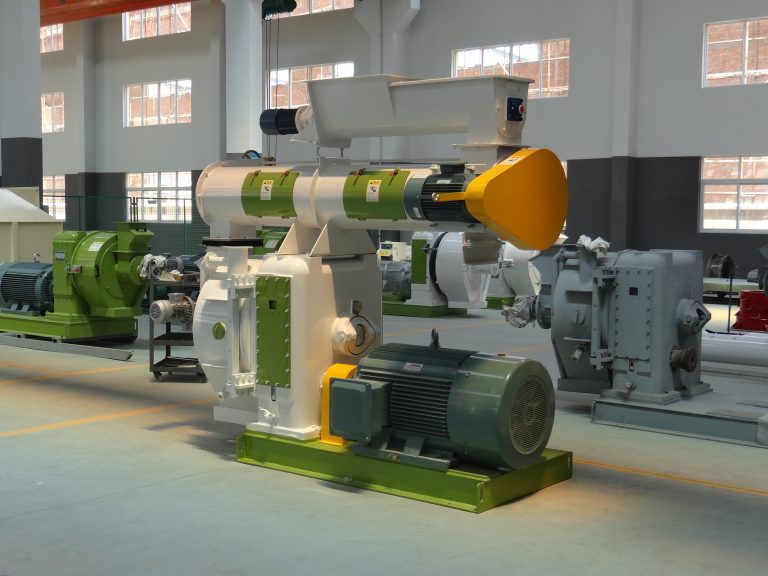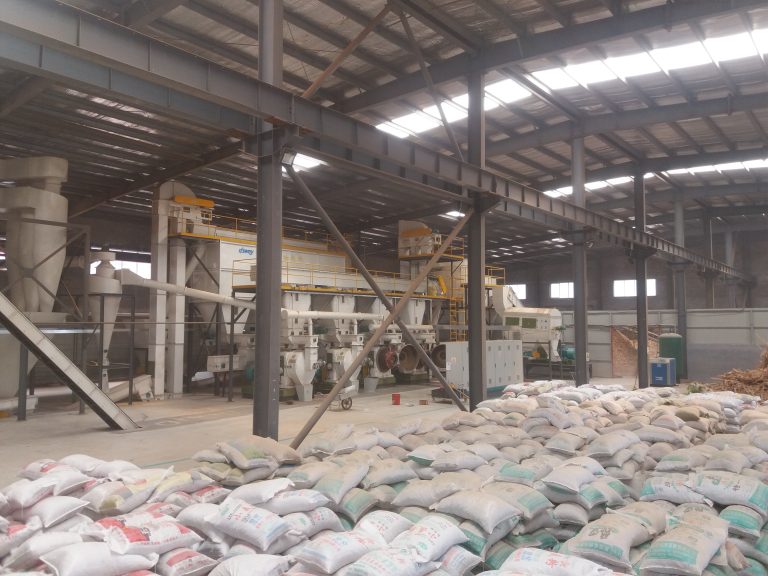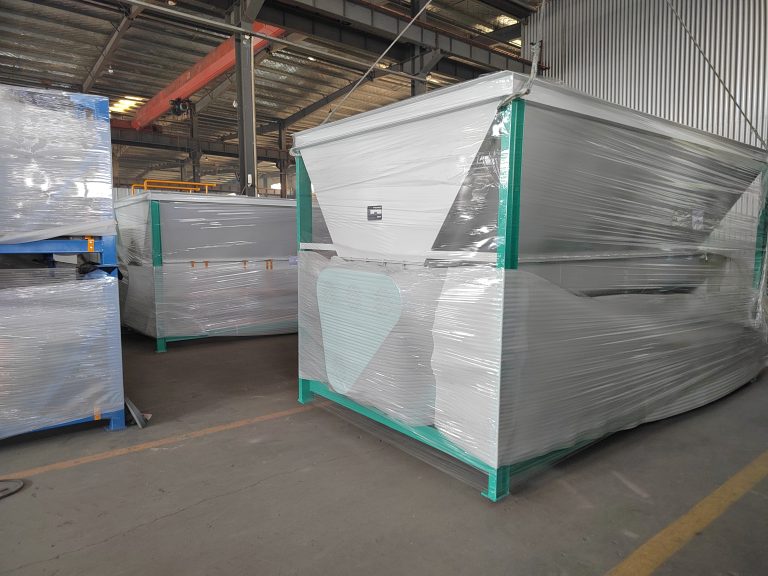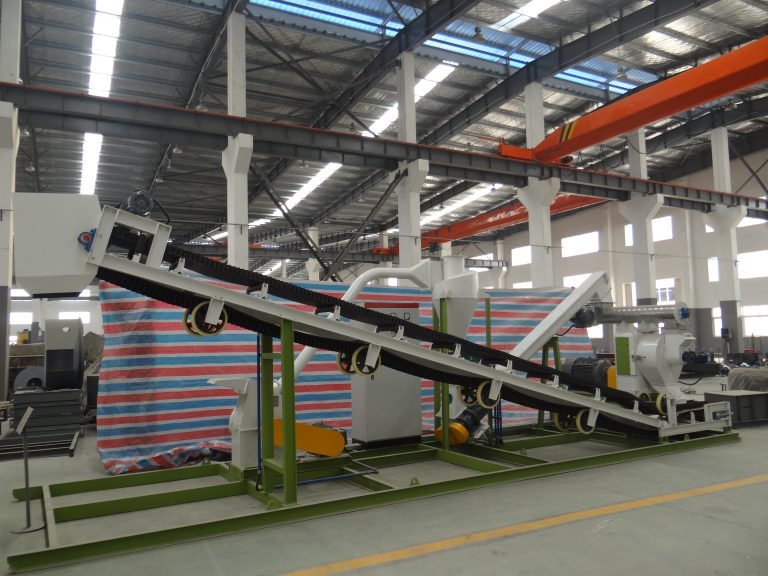مصدر الطاقة المتجددة: مزايا كريات قصب السكر
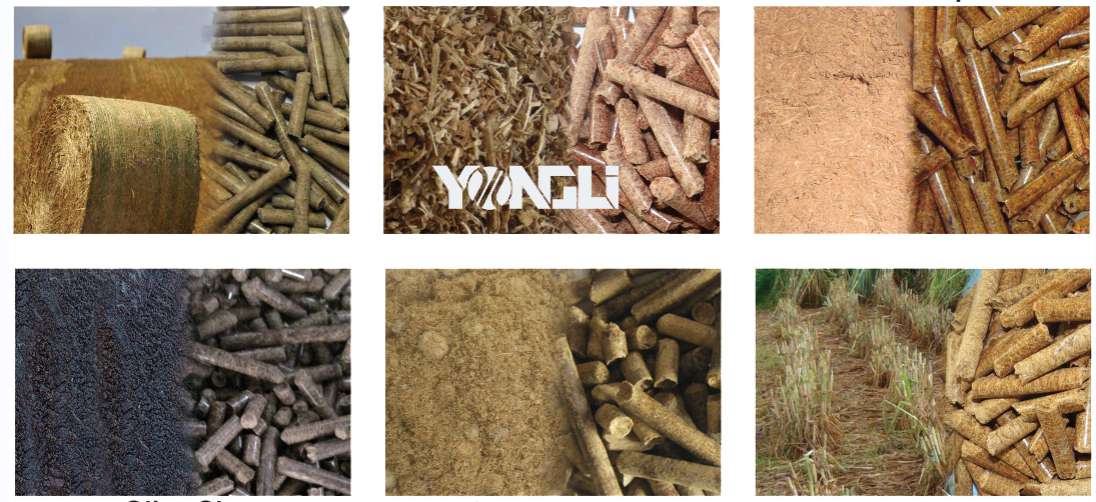
The Advantages Of Bagasse Pellets
Renewable Energy Source: The Advantages of Bagasse Pellets
In the quest for sustainable and renewable energy sources, bagasse pellets have emerged as a promising option. Bagasse, the fibrous residue left after sugarcane stalks are crushed to extract juice, has long been used as a fuel in the sugar industry. However, with advancements in technology, bagasse can now be transformed into pellets, offering several advantages as a renewable energy source.
One of the key advantages of bagasse pellets is their high energy content. Due to the densification process involved in pelletizing bagasse, the resulting pellets have a higher energy density compared to raw bagasse. This means that a smaller volume of bagasse pellets can produce a greater amount of energy, making them more efficient and cost-effective.
Furthermore, bagasse pellets have a low moisture content, typically below 10%. This low moisture content ensures that the pellets burn more efficiently, with less energy wasted on evaporating excess moisture. As a result, bagasse pellets provide a more consistent and reliable source of energy, with minimal emissions and reduced environmental impact.
Another advantage of bagasse pellets is their versatility. They can be used in a variety of applications, including heating, electricity generation, and even as a feedstock for biofuel production. This versatility makes bagasse pellets a valuable resource, particularly in regions where sugarcane cultivation is prevalent.
In addition to their versatility, bagasse pellets also offer a sustainable solution for waste management. The production of bagasse pellets utilizes a byproduct that would otherwise be discarded or burned, contributing to air pollution. By converting bagasse into pellets, this waste material is transformed into a valuable resource, reducing the environmental impact of the sugar industry and promoting a circular economy.
Moreover, bagasse pellets have a lower carbon footprint compared to fossil fuels. As a renewable energy source, bagasse pellets are considered carbon-neutral, as the carbon dioxide released during combustion is offset by the carbon dioxide absorbed by the sugarcane plants during their growth. This makes bagasse pellets an environmentally friendly alternative to traditional fossil fuels, helping to mitigate climate change and reduce greenhouse gas emissions.
Furthermore, the production of bagasse pellets can also create economic opportunities. The pelletization process requires specialized equipment and skilled labor, leading to job creation and economic growth in the renewable energy sector. Additionally, the use of bagasse pellets can reduce dependence on imported fossil fuels, promoting energy independence and enhancing national security.
In all, bagasse pellets offer numerous advantages as a renewable energy source. Their high energy content, low moisture content, and versatility make them an efficient and cost-effective option for heating, electricity generation, and biofuel production. Furthermore, the utilization of bagasse pellets contributes to waste management and promotes a circular economy. With their lower carbon footprint and potential for economic growth, bagasse pellets are a sustainable solution for meeting energy needs while reducing environmental impact.

